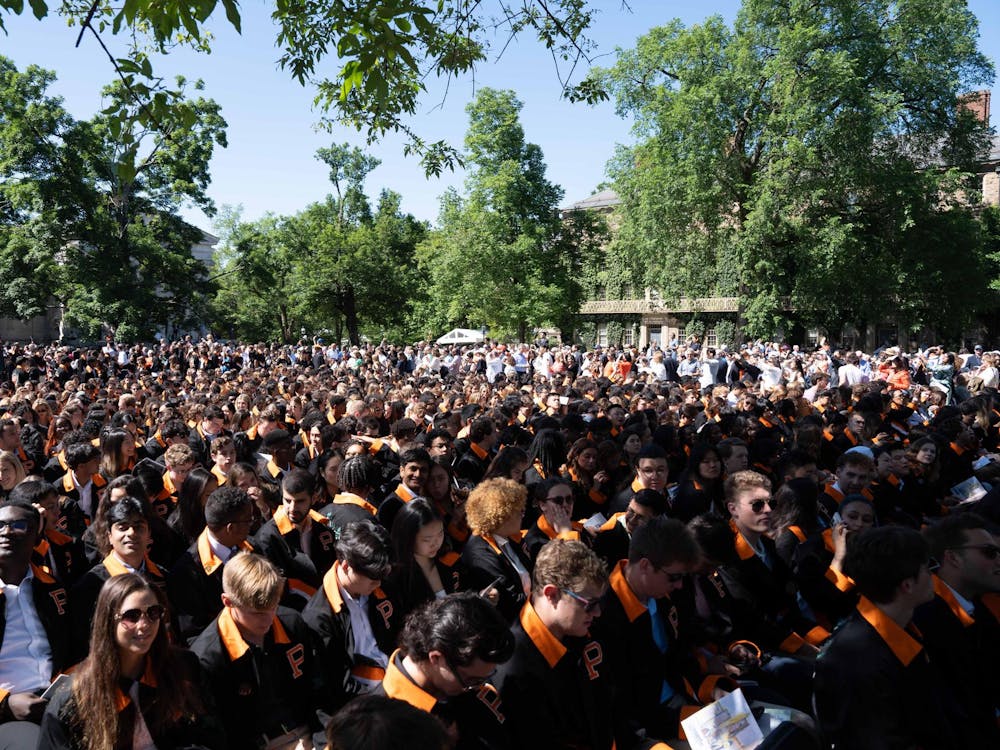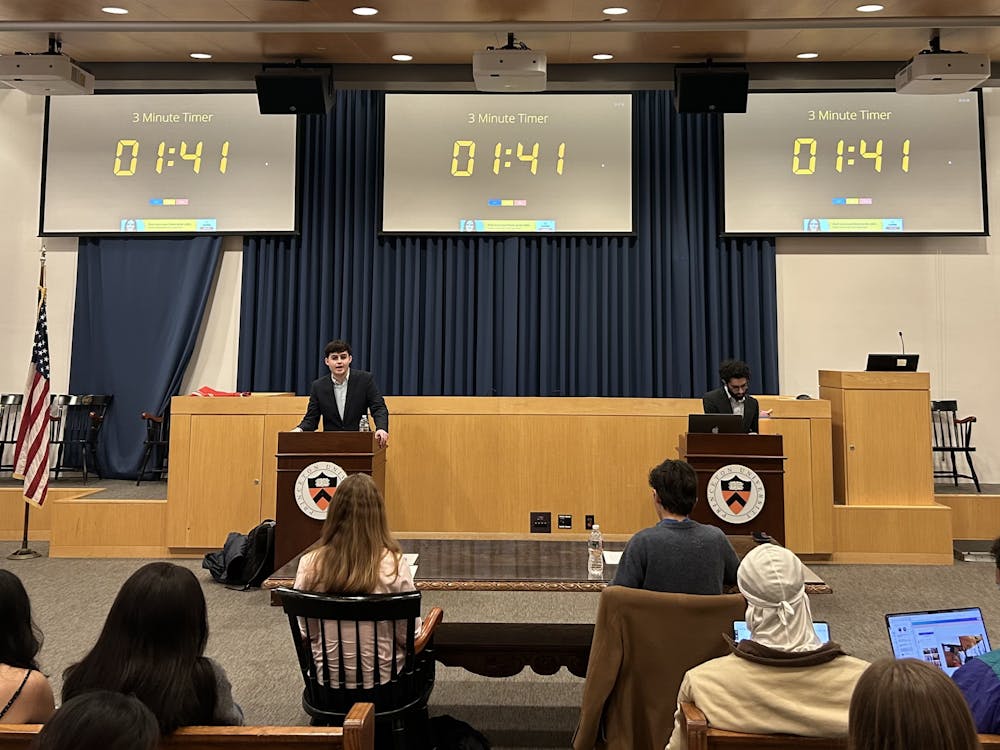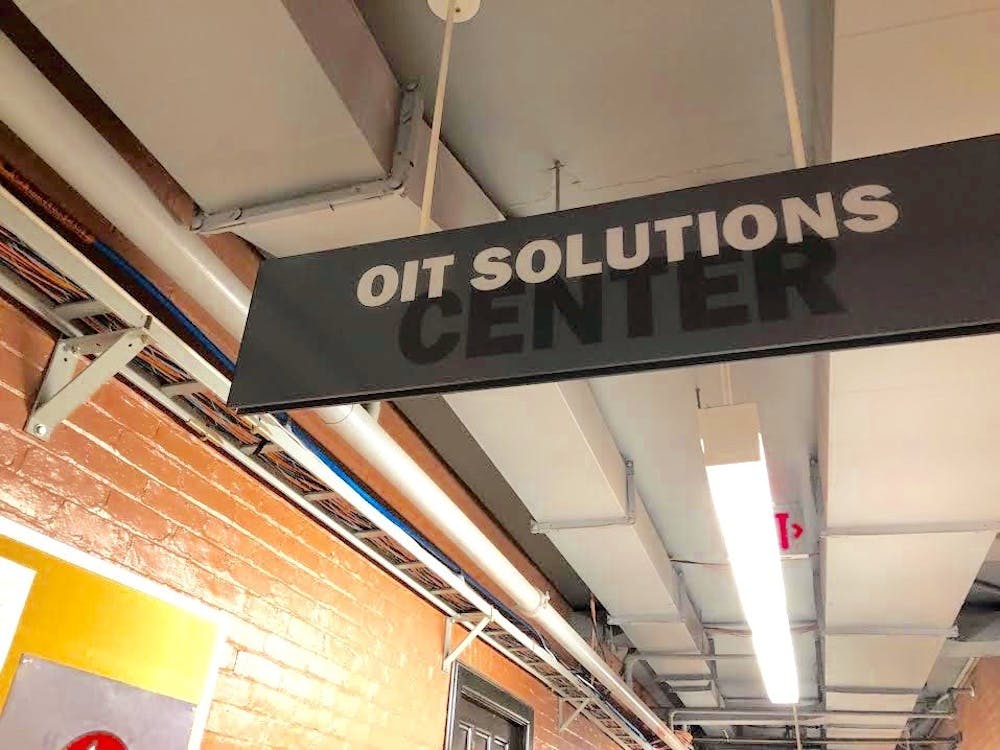You may have heard of "The Wall," an activist art display constructed by the Princeton Committee on Palestine and the Princeton DREAM Team near McCosh. It aims to draw attention to what those in support of the exhibition believe to be two grave injustices: one perpetrated against the Palestinian people by the Israeli government and the other by our government and border patrols against undocumented immigrants coming from Mexico. It’s inspired great quantities of debate, especially in this paper. Tigers For Israel questioned the "polemic" involved in the wall’s existence. The Princeton Committee on Palestine responded in the following day’s issue, attacking TFI’s "reactionary" activism. Arguments have been raging on Yik Yak, in the comments accompanying coverage of the wall, and in person all over campus. In short, "The Wall," irrespective of the quality and tone of the discussions surrounding it, has gotten people talking.
Which is to say, of course, that the dialogue prompted by the exhibition has focused almost exclusively on just one side — that of the Israeli-Palestinian conflict. The other side, which highlights the apprehensions, deportations and deaths of Latin American immigrants searching for a better life in the United States, has been largely ignored. This is not surprising. People are more willing to discuss and orate when the topic at hand is more contentious and polarizing, so people are spending more time talking about the implications of the PCP’s side of the construction. If an activist group chooses to couple itself with another organization that focuses on a more widely and furiously debated issue, it will likely be overlooked.
This editorial is not about the Israeli-Palestinian conflict, but the recent discussion regarding that issue must be mentioned in order to properly consider the impact of "The Wall" in its entirety, including the less-talked-about other side. It is a shame that the powerful presentation prepared by the Princeton DREAM Team has not generated the traction that it deserves. The problem of immigration reform is not only a national issue that must be resolved but a local issue with direct, tangible impacts on people both within the University community and the Princeton area at large. When people on campus propose we discuss what we can do to stop unnecessary deaths at the border and to prevent lives from being ruined and families from being torn apart, it is imperative that we follow through on their suggestion.
Of course, there is, and should continue to be, a nuanced debate surrounding the exact policies and implementation of a progressive, effective immigration reform beneficial to all parties involved. However, death is not nuanced, especially when that death is at a level ofhundreds of people each year. When the DREAM Team highlights the massive amount of destruction — of livelihoods, of interpersonal bonds, of bodies — occurring as a result of stringent border control restrictions, they do so in order to raise awareness of the horrors inflicted upon Latin American immigrants as well as prompting those who recoil in shock and disgust to act upon those feelings.
A quote on the top left of the immigration side of "The Wall" loosely translates to English as such: "At what point does massacre become boring news for the people?" I don’t think the undue focus on the exhibition’s reverse side implies that the "massacre" has become rote and unexciting for members of the Princeton community, but I do believe that the systemic issues which have prompted the activism of the Princeton DREAM Team should be discussed on a far wider scale than they have been over the past several days. This column is, I hope, a good-faith attempt to further discussion on immigration reform and to remind people that it is yet possible to stand in solidarity with those both inside and outside our community who are fearful for their lives and the lives of those they love.
Of course, we naturally are more passionate about some issues than others. This piece is not to say that we should not be fighting for the position in the Israel-Palestine debate in which we believe most fervently. However, if we are to ensure that all people see the justice they deserve, we must not spend all our time talking about just one side of "The Wall." Let us not become complacent with death on this scale — let us continue the good work of those pushing for the rights of the disenfranchised within and at our borders.
Will Rivitz is a sophomore from Brookline, Mass. He can be reached at wrivitz@princeton.edu.






